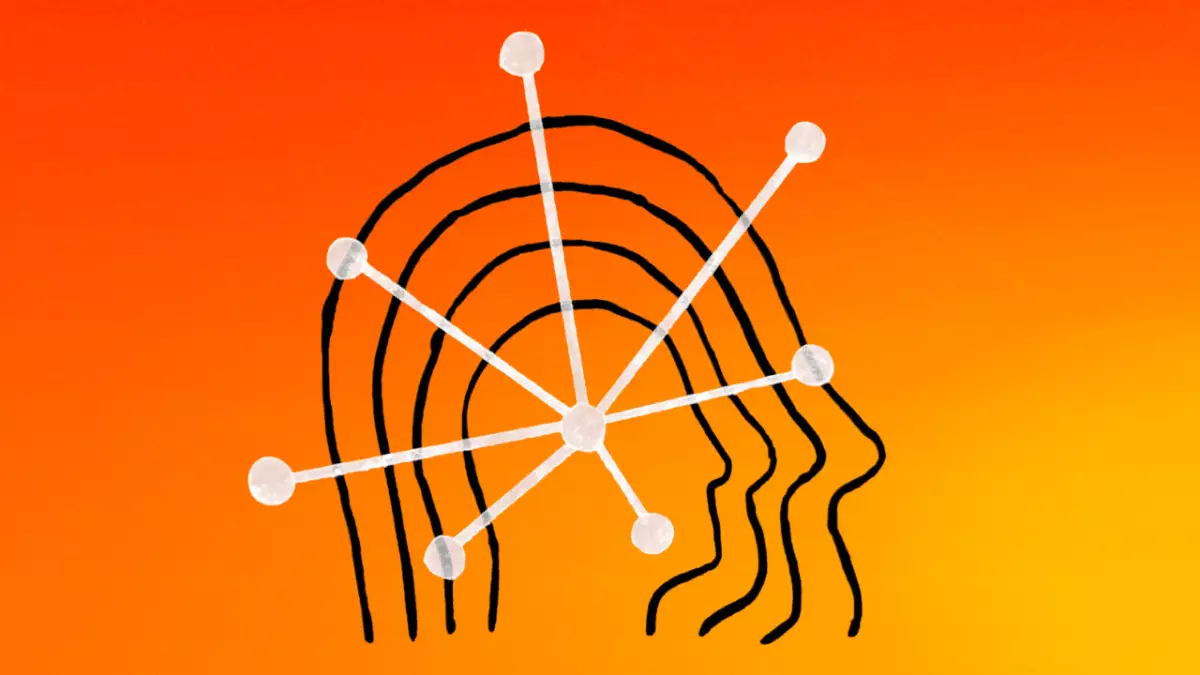Anthropic, a notable player in the AI landscape, has developed an extensive range of generative AI models under the brand name Claude. Positioned as the second largest AI vendor after OpenAI, Anthropic’s Claude family is designed to tackle various tasks, including email composition, image captioning, mathematical problem-solving, and coding assistance. As these models continuously evolve, understanding their distinct functions and capabilities is essential, both for developers and casual users alike. This article provides an in-depth analysis of Claude’s unique features, pricing structure, and the ethical implications surrounding its use.
The Claude models are grouped into three primary categories: Haiku, Sonnet, and Opus. Interestingly, the naming convention draws inspiration from renowned literary examples, which reflects Anthropic’s ambition to integrate creativity into technology. Among the current models, the Claude 3.5 Haiku is designed as a lightweight model, while the Claude 3.5 Sonnet stands as a mid-tier option, showcasing a blend of speed and capability. The flagship model, Claude 3 Opus, is expected to surpass its predecessors but has been outperformed by the Sonnet model in terms of complex task execution at present.
Analyzing the functions of these models reveals their capacity to process not just text but also visual data, including images, charts, and diagrams. The ability to handle a 200,000-token context window allows Claude to consider extensive data before generating a response, effectively enhancing its conversational depth. To put this into perspective, each token is a fragment of information, making 200,000 tokens equivalent to the content of about 150,000 words. This unique feature empowers Claude to provide detailed analysis and structured outputs, such as JSON, allowing for versatile applications in various sectors.
Despite their strengths, the Claude models carry notable limitations. A key differentiator when compared to many other AI models is their lack of internet access. This absence hinders the models’ ability to provide real-time information or current events updates, limiting their utility in a rapidly changing world. Additionally, while these models can create basic line diagrams, they lack the capacity to generate complex visual content, which some users may find limiting.
However, it is the model’s ability to follow intricate multi-step instructions that sets it apart. Specifically, Claude 3.5 Sonnet excels in understanding nuanced prompts better than its counterparts. Meanwhile, the Haiku model, while faster, struggles with more complex tasks, making it less suitable for applications requiring high-level reasoning or depth of understanding.
Anthropic’s Claude models can be accessed through their API and popular cloud platforms like Amazon Bedrock and Google Cloud’s Vertex AI. The pricing for using these models varies based on their capabilities. The Claude 3.5 Haiku model is accessible at a base rate of $0.25 per million input tokens, making it the most budget-friendly option. In contrast, the more advanced Claude 3 Opus charges $15 per million input tokens, which reflects its enhanced capabilities.
For users seeking more features and higher limits, Anthropic offers tiered subscription models. The Claude Pro plan, priced at $20 per month, provides users with greater access and additional features, while the Team plan, aimed at businesses, includes a dashboard for managing user accounts and integrating with existing business tools. This flexibility allows both individual users and organizations to find a suitable plan based on their specific needs.
As with any generative AI model, the deployment of Claude raises crucial ethical questions. The models are occasionally prone to “hallucinating,” leading to inaccuracies in summarizing or responding to queries. Moreover, since they have been trained on publicly available data—some of which may carry copyright restrictions—there exists an ongoing debate regarding the ethicality of using such information without explicit permission. Although Anthropic has established certain policies to safeguard clients from legal repercussions associated with fair-use disputes, the ethical dilemma persists, underlining the nuanced relationship between AI technology and intellectual property rights.
The Claude family of models by Anthropic represents a significant leap in generative AI technology, blending creativity with computational capability. Although their applications are vast, users must navigate various limitations, pricing strategies, and ethical considerations associated with this innovative technology. As the field of generative AI continues to evolve, so too will the Claude models, necessitating ongoing evaluation and adaptation to meet the needs of users and address emerging ethical dilemmas. This dynamic landscape positions Anthropic as a critical player in the ongoing discourse surrounding the future of AI technology.

